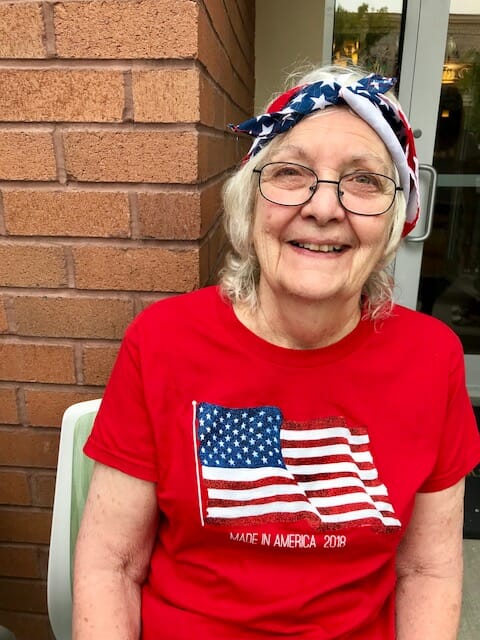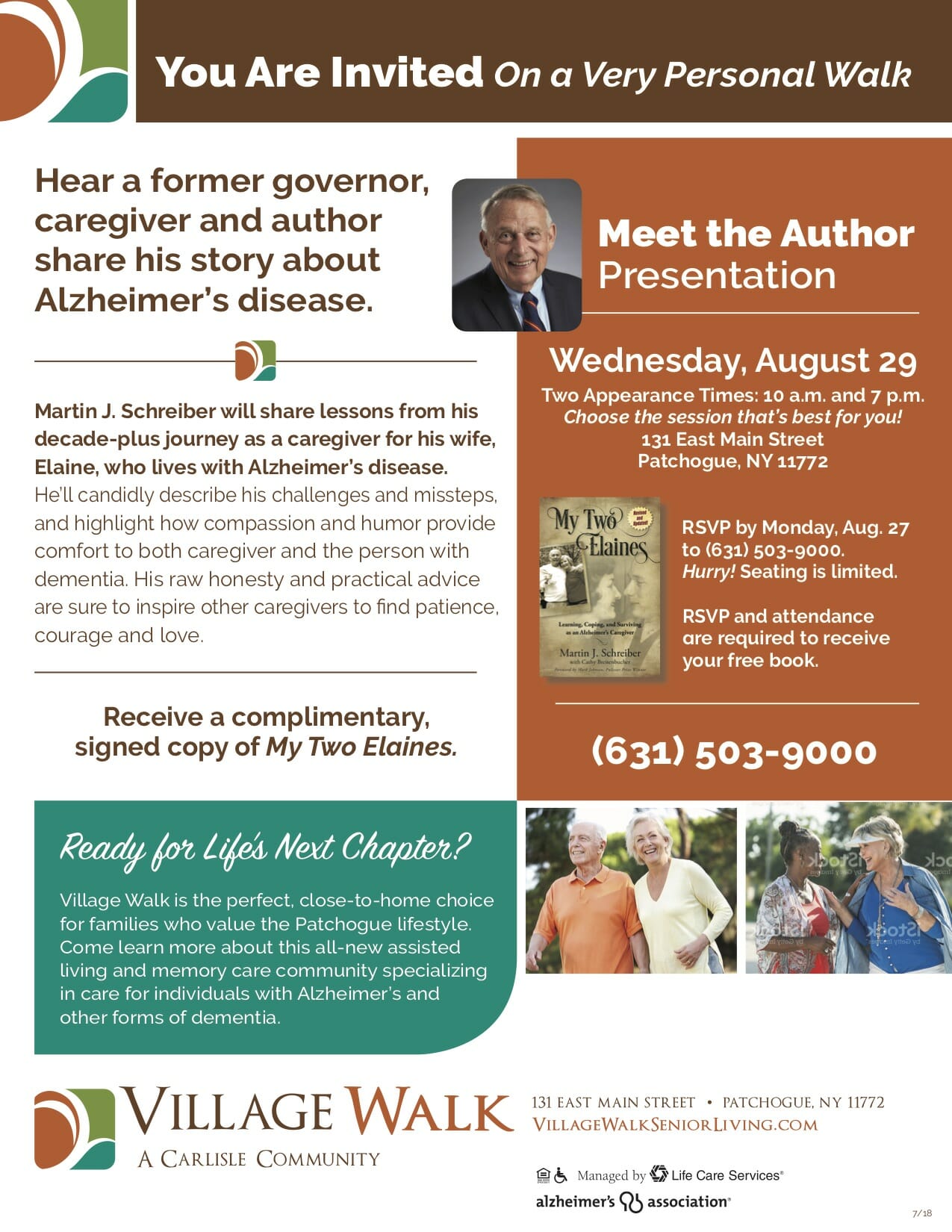Picture this: your loved one has been diagnosed with dementia in mid- to late-adulthood. You’re considering support for your loved one, but you’re not familiar with many resources for who provides assisted living for 55-year-olds and under.
What do you do for your loved one? What types of support exist for those who are under 55 and who live with a chronic health condition?
Village Walk here: we understand that assisted living can be a touchy subject, especially for those 55 and under. Rest assured, help is available — and plenty at that.
In this article, we’ll walk you through what options for assisted living exist for those who are 55 and under, as well as common challenges associated with those seeking assisted living at age 55 and under. Let’s dive in.
Types of assisted living options for adults 55 and younger
| 1. In-home care services 2. Accessory dwelling units (ADUs) 3. Continuing care retirement communities (CCRCs) 4. Federal and state-sponsored subsidized housing (and privately-funded subsidized housing) 5. Boarding homes and group homes 6. Assisted living facilities |
Home care assisted living for adults younger than 55
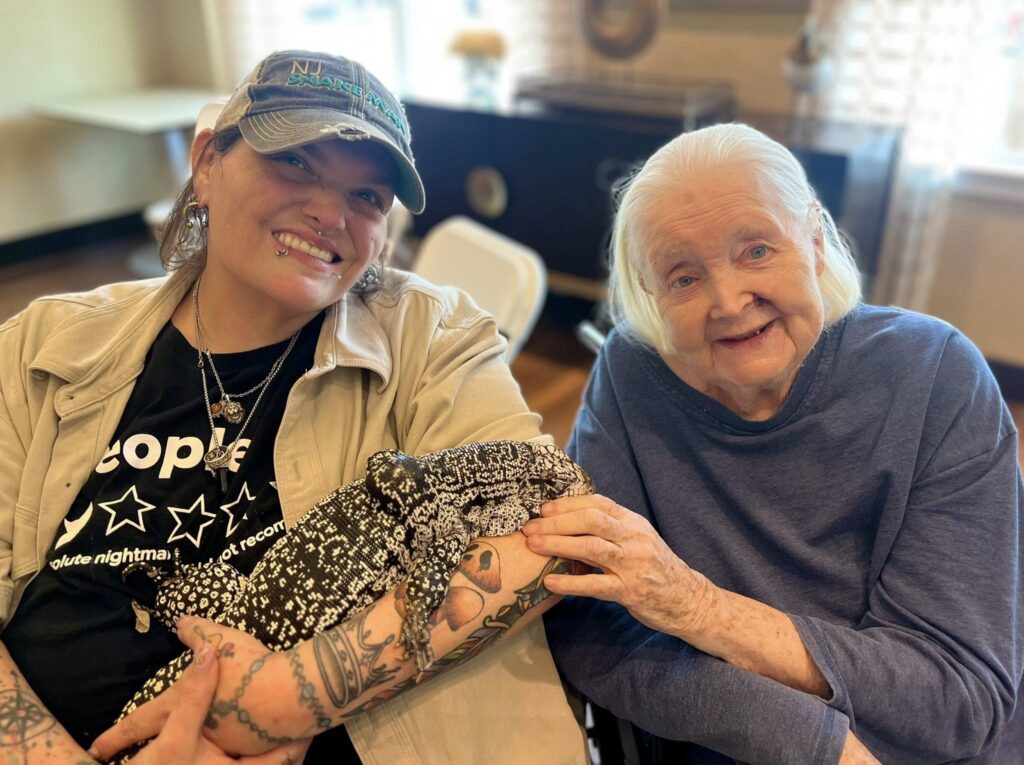
Some individuals with disabilities live in their own homes or apartments but still need help with daily activities like shopping, cleaning, making appointments, or preparing meals. If volunteers, family, friends, or caregivers aren’t available, outside help can be an option.
Cue home healthcare agencies. Home healthcare is an invaluable resource.
Health aides can provide help with shopping, cleaning, making appointments, entertainment, scheduling appointments, and much more. Depending on the needs of the individual, Medicaid may cover the cost of a home health aide.
And, while Medicare will pay for these services based on specific criteria, the extent of the coverage will depend on which Medicare plan the patient is enrolled in.
If you’re not able to spend money on home care for an adult and younger loved one, consider an ADU — an accessory dwelling unit.
Accessory dwelling units (ADUs)
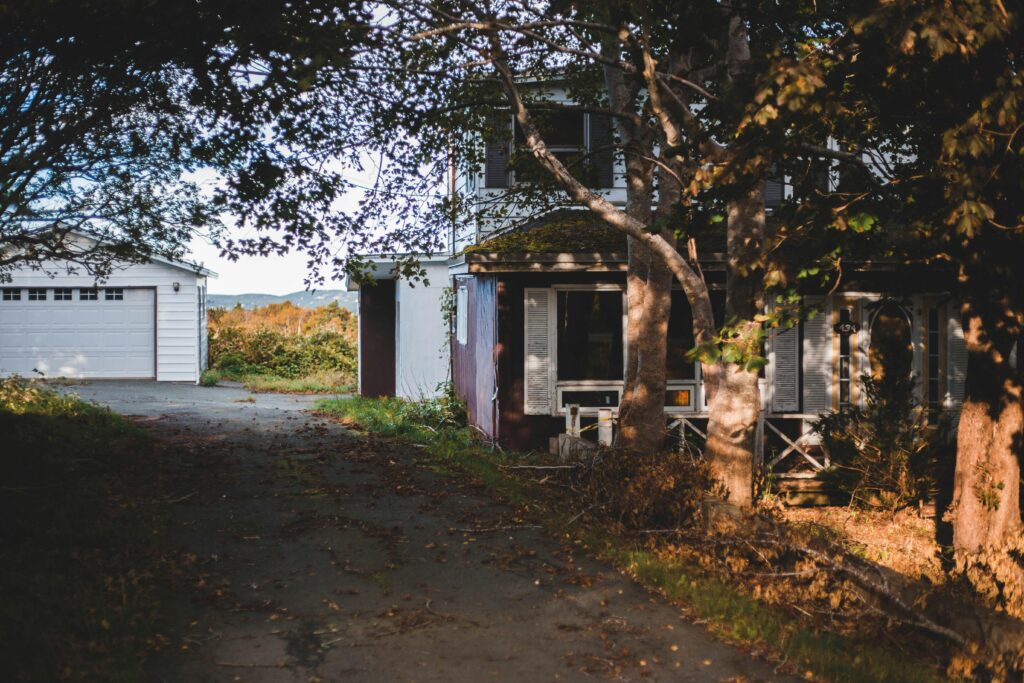
An accessory dwelling unit (ADU) is a detached second unit adjacent to or within a home or apartment.
ADUs include a separate living area, kitchen, and bathroom; these living units provide a small, private living area for caregivers to live with independence, but close enough to a loved one to provide daily care as needed.
If you do decide to reside in an ADU to help a loved one, you’ll want to check local zoning laws. The reason is that local municipalities have different rules and regulations around building and living in ADUs, so you’ll want to make sure you stay in compliance before choosing to build or live in an ADU.
Continuing care retirement communities (CCRCs)

Often specializing in providing care for older adults, many continuing care retirement communities (CCRCs) also serve younger people. You can reach out to a local CCRC and ask them about their progressive care options.
Also, many CCRCs offer different levels of care, allowing younger adults to move through a series of levels of care. For example, the resident may live in an assisted living area of the community and then move into the nursing home area of the community when they need a higher level of care.
Residents usually pay a down payment and a monthly fee for services rendered. If you’re deciding to choose a CCRC for your loved one’s care, make sure that the organization you’re choosing is an accredited facility that provides the highest quality healthcare possible for younger adults.
Federal and state-sponsored subsidized housing

In many cases, subsidized housing is an option for older adults who need extra help or long-term care. For example, subsidized housing services may include room cleaning, laundry, and shopping.
What’s more, subsidized housing comes in all different shapes and forms. The most common subsidized housing is located within an apartment complex.
Apartment complex residences are for individuals who have low to moderate incomes. With these complexes, the rent varies from complex to complex.
Also, rent may differ depending on an adult’s situation, as state and federal programs provide help to subsidize and offset the cost of rent for residents.
Boarding homes or group homes
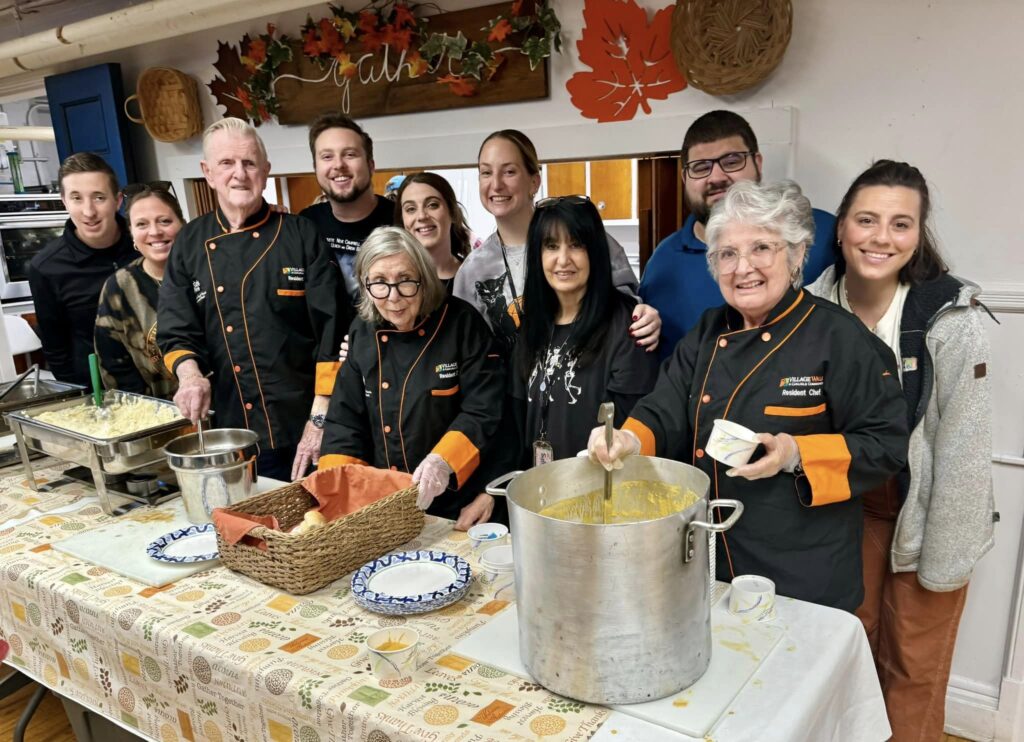
For adults 55 years or under, another option for medical care is boarding homes or group homes. Boarding homes and group homes are for individuals who need more care than living at their homes provides; at the same time, boarding homes and group homes are for those who aren’t quite ready for a nursing home or assisted living facility.
With that being said, boarding homes often provide help with bathing, dressing, housekeeping, transportation to and from appointments, and management of medications. Depending on where the home is based, the home may be covered by Medicare or Medicaid.
Also, state and federal programs may help cover the cost of staying in a boarding or group home. If you’re looking for a living environment with all the support of in-home residential care, but with a community feel, wrap-around health services, and 24-hour supervision and care, you’ll want to look into assisted living facilities. We’ll take a look at this last residential setting in the next section.
Assisted living facilities
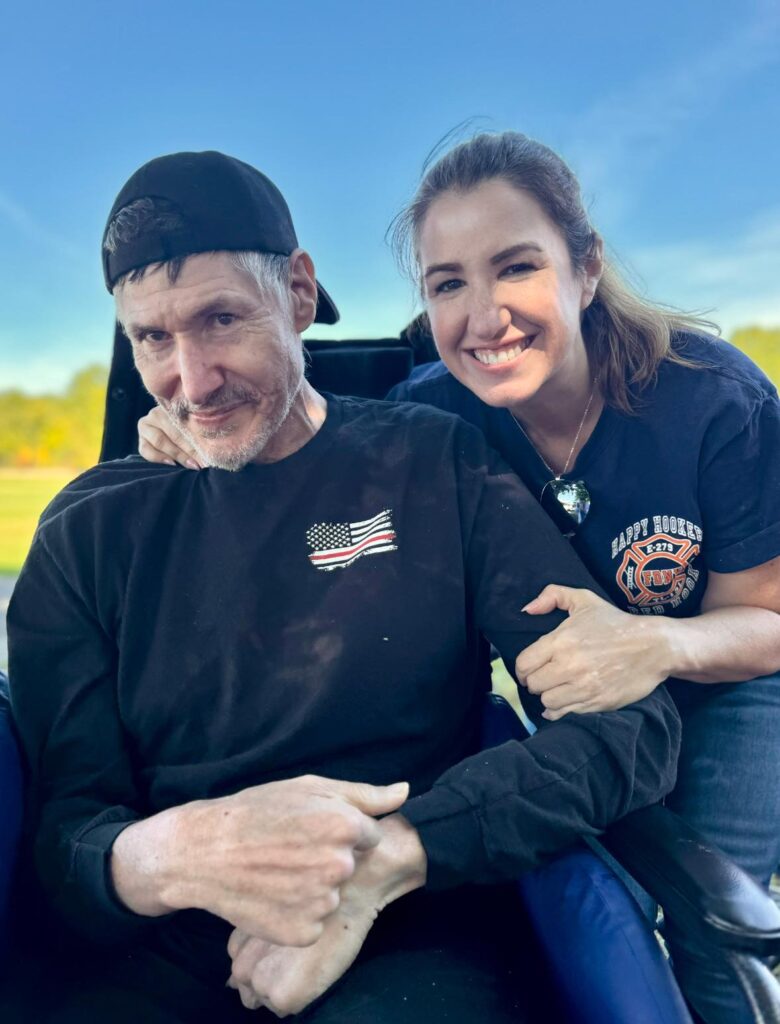
Assisted living care often refers to residential senior living facilities where seniors and older adults can receive support with daily tasks and activities of daily living. But did you know that assisted living facilities are also for those who are 55 and under?
For example, at our facility, residents who need very little care all the way to those with stage-7 Lewy body dementia can receive around-the-clock, on-site support with daily care, meal preparation, transportation, and medical needs.
But, every assisted living facility is different. Some are housed in apartments, others in group homes, and still others are separate, single-floor areas within a larger cluster of residential buildings.
What’s more, some facilities provide on-site healthcare, while others provide transportation to residents for all their medical appointments and needs. But note: most assisted living facilities aren’t funded by federal programs, like Medicare or Medicaid.
You’ll want to check with each assisted living facility to see what offerings the facility provides to younger adults, as each facility caters to different needs.
What’s offered at assisted living facilities that accept younger adults
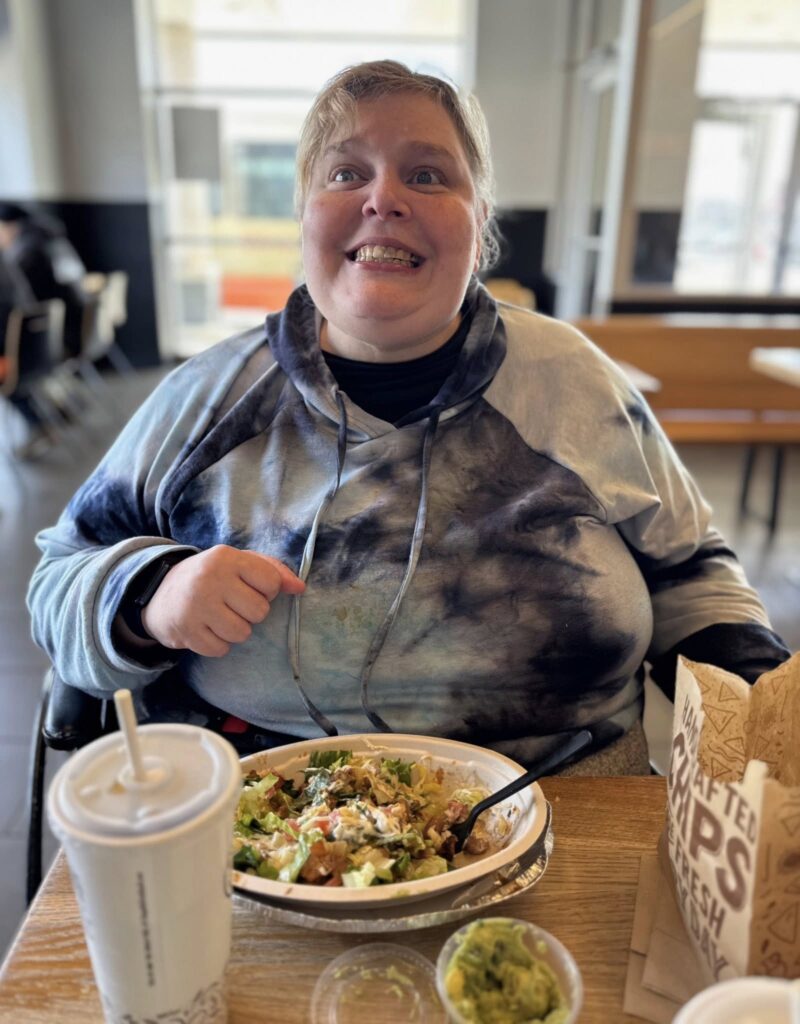
Speaking of different needs, let’s take a look at the wide range of services and benefits that assisted living facilities provide to those who are 55 and younger. The following list outlines the services that are offered to younger adults:
- Medication management for those in need
- Three gourmet meals and dining selections are prepared fresh daily by an in-house chef and culinary team with the option to make or store food in each person’s apartment
- Basic nursing care as needed
- In-house health services like speech, occupational, and physical therapy (among other health services)
- A full calendar of daily recreational activities, social events, and outings for residents
- Transportation to and from medical appointments located outside of the facility
Common challenges associated with adults 55 and under (assisted living)
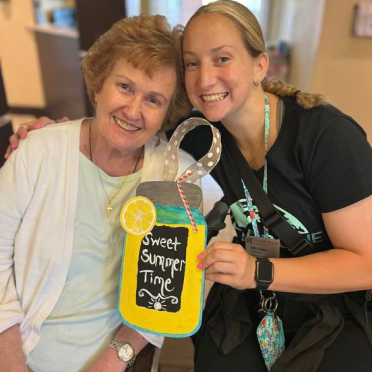
Since assisted living facilities tend to cater to retirement-age seniors and older, living in an assisted living facility can present challenges for younger adults who are living in a senior citizen assisted living facility.
Three of the most common challenges involve:
- The facility’s population: The residents who live in assisted living facilities tend to be of retirement age and older. Therefore, adults who are 55 years and younger may not always have people around their age. With that being said, recreational directors take into account their residents’ age, preferences, and needs to create a comfortable living environment and robust activities calendar that matches each resident’s unique lifestyle.
- Mobility issues: Younger people tend to be more mobile than those who are older. As such, if younger residents are able to ambulate from one location to another with relative ease, finding extracurricular activities with people of similar mobility may be a bit of a challenge in a senior assisted living facility.
- Paying for assisted living: Most assisted living facilities accept private payments, that is, unless the resident presents a Medical waiver. With that being said, obtaining a waiver can be tough. The only time that obtaining a Medical waiver isn’t a challenge is if the resident has early-onset dementia. If the resident happens to be between 45-65, since early-onset dementia tends to be most prevalent between the ages of 45-65 (Harvey, Skelton-Robinson, and Rossor, 2003), theoretically, obtaining a Medical waiver for early-onset dementia would be possible for those 55 and under with early-onset dementia. But, many criteria must be met. Since early-onset dementia is not as prevalent in age brackets 45 and under, paying for assisted living via a Medical waiver for those without an early-onset dementia diagnosis may be a challenge.
Overcoming assisted living challenges with assisted living memory care
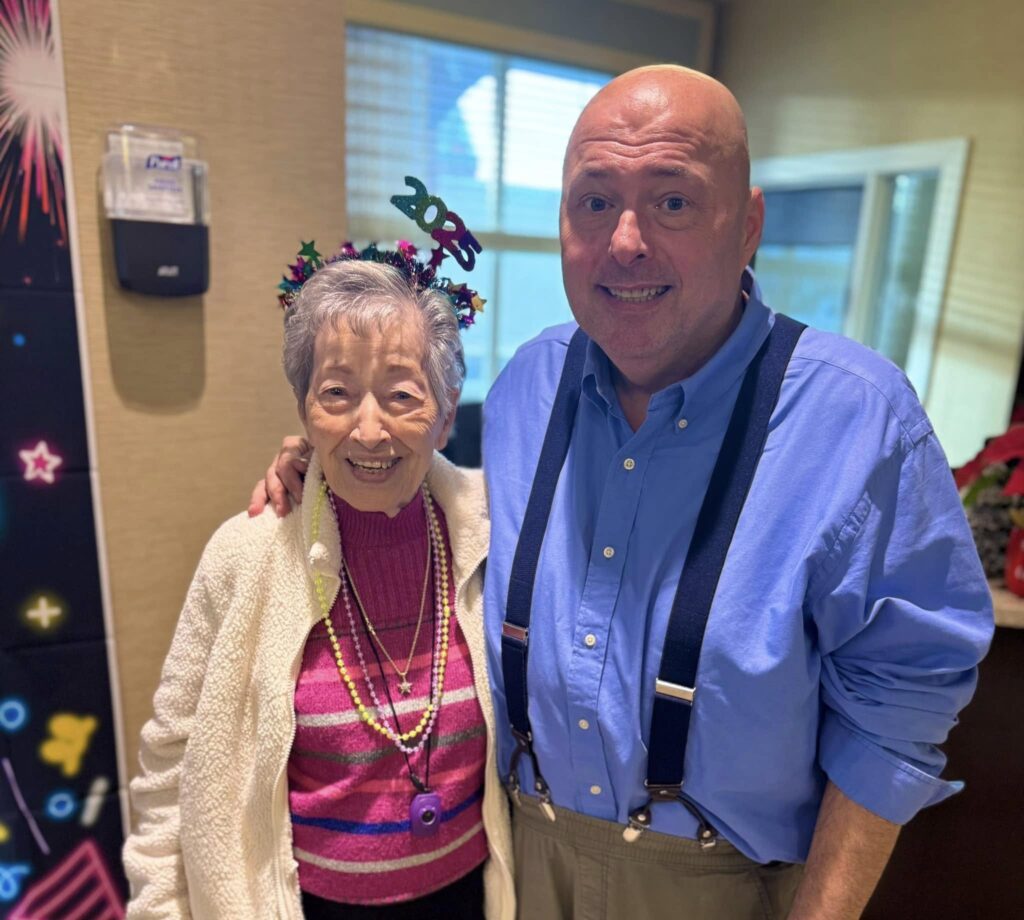
With that being said, many assisted living facilities in the country also offer memory care as part of their community’s offerings. If a young adult in question has a form of dementia, they may enter a memory care community and qualify for admission into the memory care wing of the assisted living facility.
While challenges exist, none are so large as to disqualify an adult 55 years and under from living in and enjoying all that assisted living communities have to offer.
Did you know?
Did you know that pets are often allowed at assisted living facilities? At Village Walk, we love our furry friends.
We celebrated our community pup, Lola! She officially turned THREE! 🐾🥳
She joined our family in January of 2025 and has been stealing hearts and belly rubs ever since. Our residents celebrated Lola with an afternoon birthday party filled with a custom cocktail and on-theme cookies!
To see more fun pictures about our lifestyle offerings, care options, services, and amenities, check out our Facebook page!
Village Walk: Assisted living in Patchogue, NY for younger adults
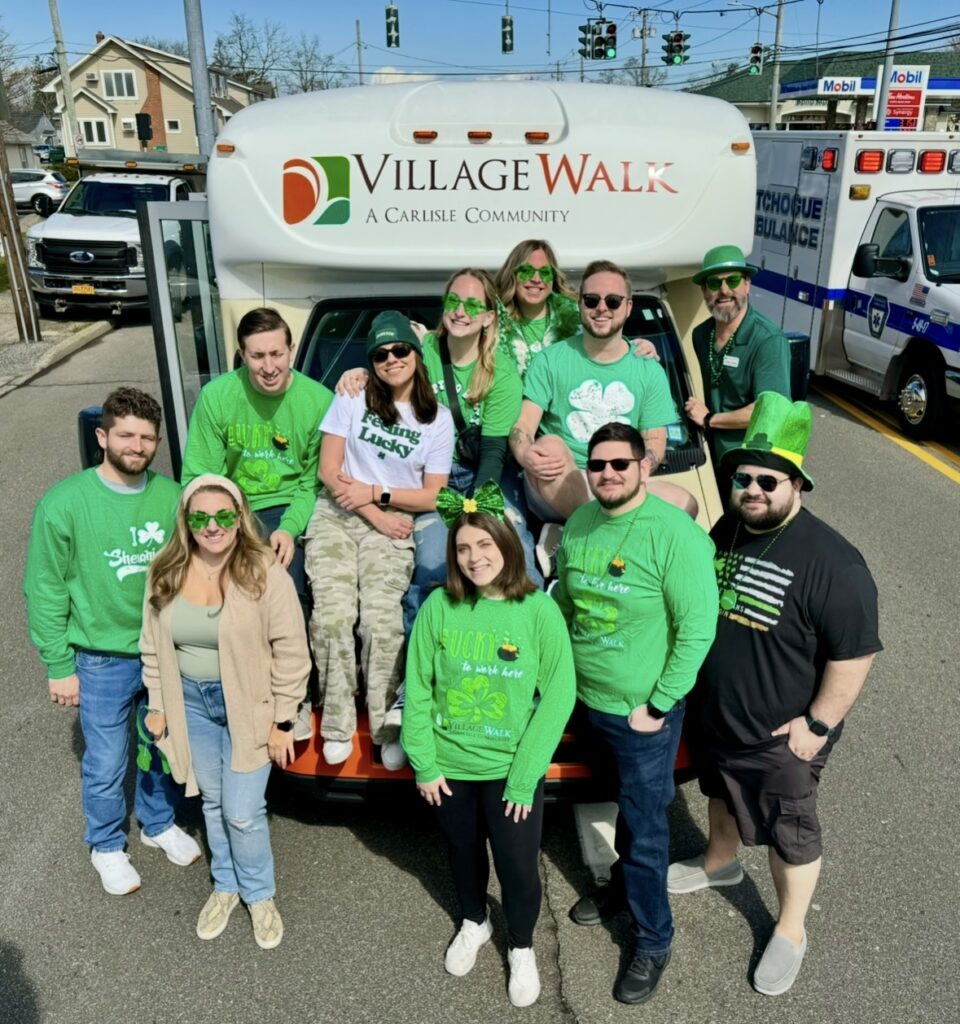
Every adult is different, and especially when considering adults aged 55 and under, plenty of options for assisted living exist. Some of the options discussed above in this article included:
- In-home care services
- Continuing care retirement communities
- Accessory dwelling units (ADUs)
- Nursing facilities
- Boarding homes and group homes
- Assisted living and memory care communities
The great news about those who are 55 and under is that they have options. Some of the best assisted living facilities will offer day care and memory care as part of their comprehensive offerings.
That’s how we operate in our Patchogue, NY assisted living community.
Our senior concierge staff are trained and licensed in providing assisted living and memory-care-related healthcare services to younger and older adults alike.
What’s more, our programs are built around the eight dimensions of well-being. Each program places our residents at the center of their care plan.
Doing so allows us to provide customized, personal care to each individual resident.
To learn more about assisted living for individuals 55 and under, don’t hesitate to contact us anytime. We’d be happy to chat.



